News 8/16/11
Maine Medical Center PHO signs an agreement with athenahealth to offer athenaCollector and athenaClinicals to the PHO’s 1,000 member physicians.
Annual healthcare spending for patients served by community health centers is about 62% less than for patients served in traditional primary care settings. Some of the reason: more physicians are salaried in CHCs; federal price discounts are available to CHC patients; more comprehensive services are provided by the CHCs than by other types of care venues; and, the majority of CHC board members are health center users and thus have more accountability.
Maui Medical Center (HI) renews and extends its relationship with GroupOne Health Source to provide RCM services and eClinicalWorks EHR to its affiliated physicians.
Physician EHR adoption rates are creeping up, according to the organization hired by the ONC to measure EHR adoption and usage in medical offices. Overall adoption is up 2% since October to 40%. Practices that are owned by hospitals and health systems have the highest adoption levels (60%), which is a 6% increase since October.
Emdeon announces its support for the DEA’s quicker-to-market option for the e-prescribing of controlled substances. This option, which has been referred to in the industry as “Option 2,” requires the transmission of a flag from the prescriber to the pharmacy indicating that a controlled substance prescription has ben sent using a two-factor authentication method. “Option 1” requires more complex technology, would require more standards to be developed, and ultimately would take longer for pharmacies and providers to adopt.
Kyle Swarts joins Culbert Healthcare Solutions as a regional sales executive, responsible for the business development of Culbert’s strategic planning, revenue cycle, and IT services.
The GAO advises CMS to improve its physician quality reporting and to survey physicians on how to make its reports more meaningful, actionable, and reliable. Among the GAO’s recommendations: CMS should evaluate why so few physicians access their electronic feedback reports and should develop better methodology for distributing its reports.
Telehealth is gaining in popularity and acceptance, at least in Minnesota. A local paper reports that the number of practices statewide offering electronic visits has grown from 13% at the end of 2010 to about 25% today. Health insurers like UnitedHealth Group and Blue Cross, along with health systems, are driving the trend.


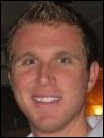

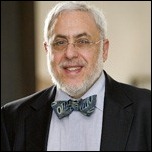
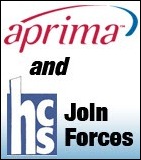
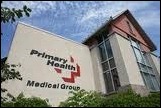
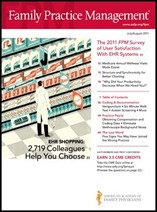


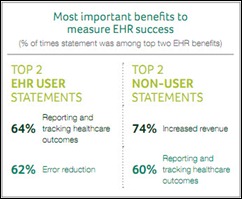
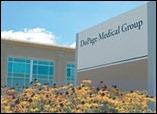

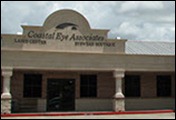
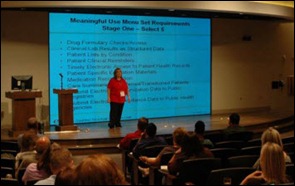

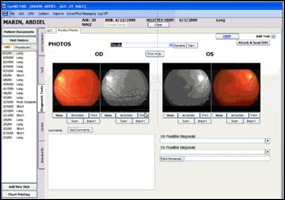

Re: Walmart Health: Just had a great dental visit this morning, which was preceded by helpful reminders from Epic, and…